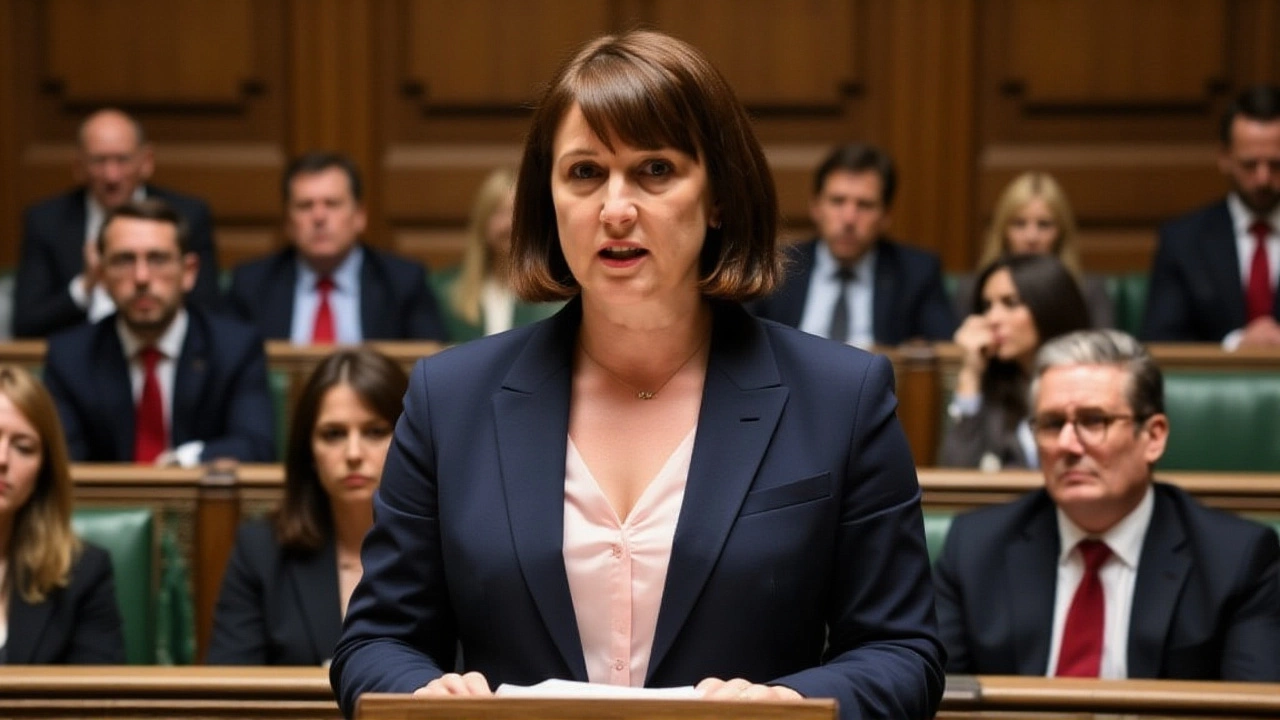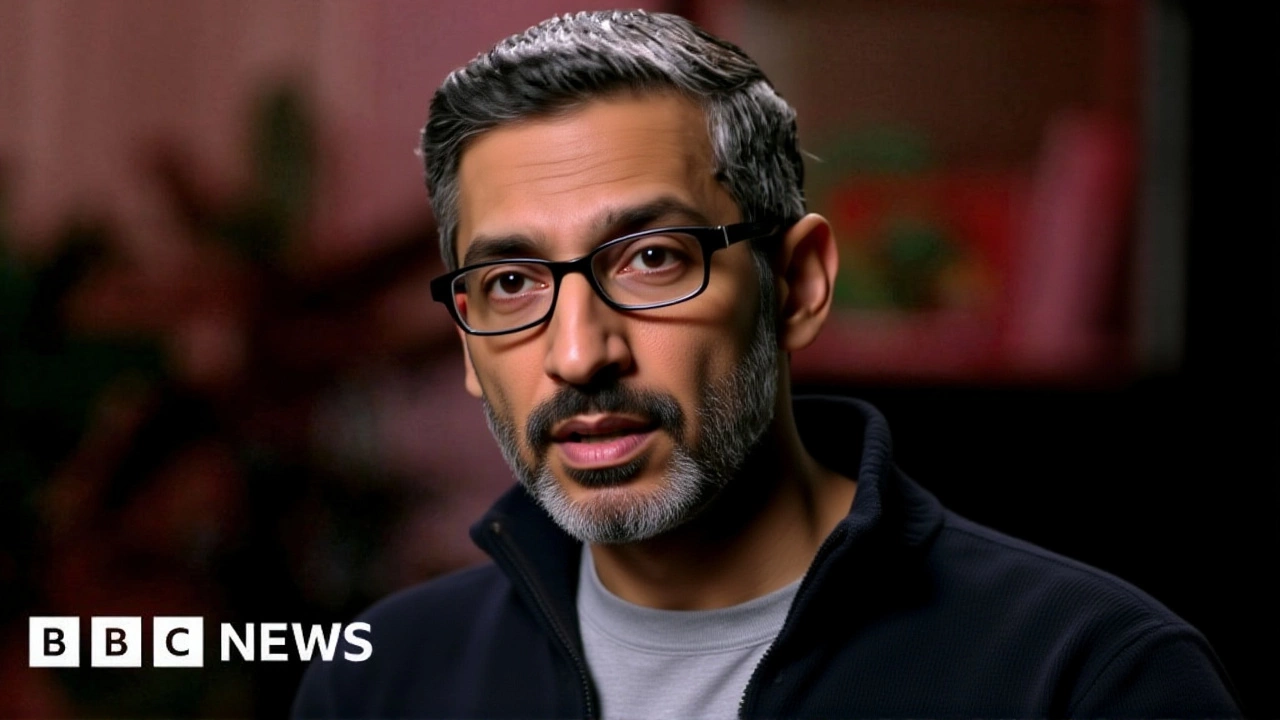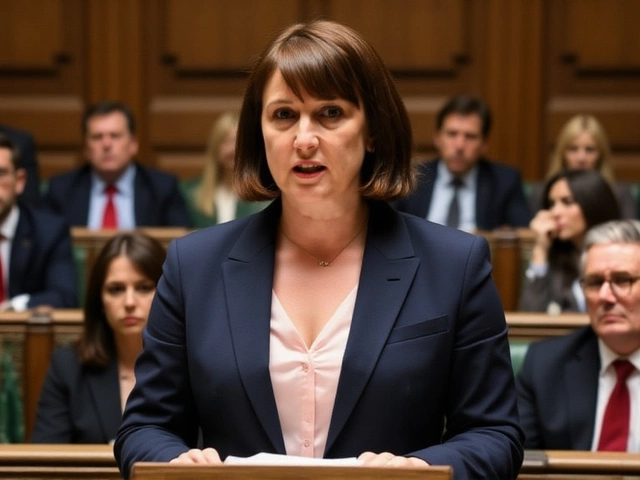Rachel Reeves unveils £26.1bn tax rise in Autumn Budget 2025, pushing UK tax burden to post-war high

When Rachel Reeves stood at the despatch box in the House of Commons on Wednesday, November 26, 2025, she didn’t raise income tax rates. But she didn’t need to. What she did was far more subtle—and far more impactful. In her second major fiscal statement since becoming the UK’s first female Chancellor of the Exchequer, Reeves unveiled a £26.1 billion annual tax hike package, set to fully bite by 2029–2030. The result? The UK’s tax burden will hit 38.1% of GDP, the highest level since records began after the Second World War. And it’s not because of new tax bands. It’s because the government refused to budge on thresholds that haven’t moved since 2021.
How the ‘Stealth Tax’ Works
Reeves made it clear: ‘Your income tax isn’t going up.’ And technically, she’s right. The headline rates—40% for earnings above £50,271, 45% above £125,140—remain untouched. But here’s the twist: those thresholds haven’t been adjusted for inflation since 2021. With wages rising to keep pace with living costs, hundreds of thousands of workers are being pushed into higher tax brackets without ever getting a pay raise in real terms. A worker earning £40,000 who gets a 3% bump to £41,200? If inflation’s at 4%, they’re poorer. And now, they’re paying more in tax too. That’s not a rate hike. It’s a silent clawback.
According to the Office for Budget Responsibility (OBR), this single policy—frozen thresholds until 2030–31—will generate £14.3 billion in extra revenue by the end of the decade. It’s the biggest single contributor to the £26.1 billion total. Combine that with cuts to pension contribution tax relief and higher taxes on property, savings, and dividends, and you’ve got what financial analysts are calling a ‘smorgasbord of stealth measures.’
Why This Is Historic
This isn’t just another budget. It’s the most aggressive fiscal tightening since 1945. Add this £26.1 billion to the £40 billion Reeves announced in her October 2024 budget—mostly through national insurance and corporation tax adjustments—and you’re looking at £66.1 billion in new taxes over just 14 months. That’s more than the entire annual budget of the Department for Education.
The OBR says these measures create £22 billion in ‘fiscal headroom’ against the government’s debt-to-GDP rule, which requires the ratio to fall below 90% by 2029–30. That’s more than double what was projected in the spring statement. It’s a buffer. A safety net. But it’s also a signal: the government is preparing for tougher times ahead—perhaps a recession, a spike in public sector pay demands, or unexpected healthcare costs.

The Human Cost
Behind the numbers are 24 million taxpayers. The average household, according to the OBR, will face an extra £1,842 in taxes by April 2030. For a single parent working 30 hours a week at minimum wage, that’s nearly £150 a month gone. For a retired couple relying on dividends from savings, it’s a quiet erosion of their retirement income.
Lucy Rigby, the Economic Secretary to the Treasury, defended the policy in a CNBC International Live interview on November 27, 2025, saying: ‘We’ve been clear that we’ve stuck to our manifesto… No conditionality attached to them.’ But the manifesto promised fiscal responsibility, not wage suppression. Many voters didn’t expect that ‘fiscal responsibility’ would mean letting inflation silently tax them.
What’s Next? The Political Fallout
Labour’s 2024 election win was built on promises to ‘fix the foundations’—not to squeeze working families. The Conservatives are already calling it a ‘betrayal.’ The Institute for Fiscal Studies warned that ‘the burden is falling most heavily on middle earners,’ a group that traditionally votes Labour. And while the government argues the revenue will fund increased welfare spending, critics point out that the benefits haven’t kept pace with the tax increases.
The real test will come in 2027, when the full effects of frozen thresholds begin to bite harder. Will public patience hold? Will wage growth outpace inflation? Or will this become the defining economic story of Reeves’s chancellorship—the quiet tax rise that no one voted for?

The Bigger Picture
This isn’t just about Britain. It’s a global trend. Canada, Australia, and even Germany have used threshold freezes to raise revenue without raising rates. But Britain is now the extreme case. No other advanced economy has let its tax thresholds stagnate for so long while inflation and wages rose together. The result? A hidden, regressive tax that hits those just above the poverty line hardest.
Reeves has chosen pragmatism over populism. She avoided the political risk of raising rates directly. But she’s taken a longer-term risk: eroding trust in a system that feels increasingly rigged against those who work hard but don’t earn enough to escape the higher brackets.
Frequently Asked Questions
How does the frozen tax threshold affect middle-income workers?
Workers earning between £30,000 and £70,000 are being pushed into higher tax bands simply because wages rise with inflation while thresholds stay fixed. A £2,000 pay raise could move someone from the 20% to the 40% bracket, even if their real income hasn’t improved. By 2030, over 6 million more people will pay higher-rate tax than if thresholds had kept pace with inflation.
Why didn’t Rachel Reeves raise headline tax rates?
Raising headline rates would have been politically explosive, especially after Labour’s 2024 election promise not to increase income tax. Freezing thresholds allows the government to collect more revenue without breaking that pledge. It’s a technical loophole that turns inflation into a tax tool—something voters rarely notice until it’s too late.
What’s the impact on pension savers?
The government has cut the annual pension contribution allowance from £60,000 to £40,000 and reduced tax relief on higher-rate contributions. This hits professionals over 45 who’ve been saving for retirement. The OBR estimates this will reduce pension savings by £3.2 billion annually by 2030, potentially increasing future state pension claims.
How does this compare to past budgets?
No chancellor since 1945 has delivered two consecutive budgets with over £25 billion in tax increases each. The closest was George Osborne in 2012–13, who raised VAT and cut allowances, but never froze thresholds for a full decade. Reeves’s approach is more systematic and less visible—making it harder for voters to rally against.
Will this help reduce the national debt?
Yes, but not directly. The £22 billion fiscal headroom gives the government flexibility to avoid breaching its 90% debt-to-GDP target by 2030. It doesn’t pay down debt—it just creates breathing room. Without economic growth, the debt burden will still rise. The real question is whether this headroom will be used for tax cuts later—or to fund more spending.
Who benefits from these tax changes?
The Treasury gains £26.1 billion a year to fund welfare, public services, and debt servicing. Low-income households receiving benefits may see temporary relief, but without wage growth, many won’t feel it. The biggest winners are the government’s fiscal planners—those who can manipulate thresholds to raise revenue without triggering public backlash.
